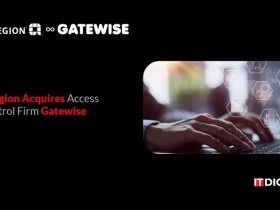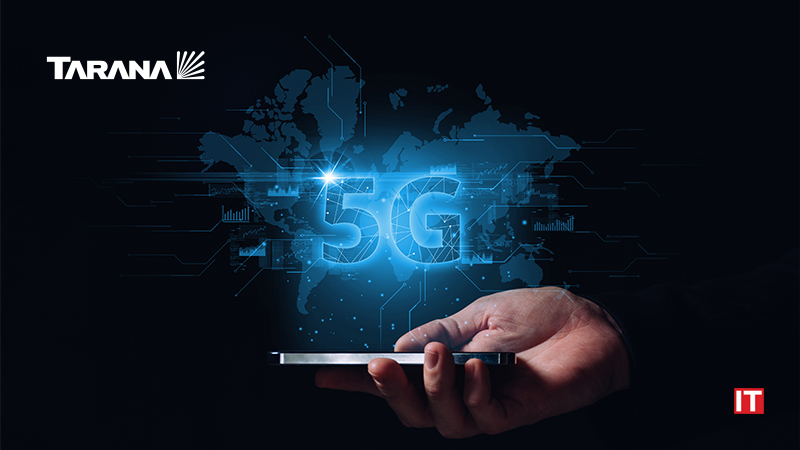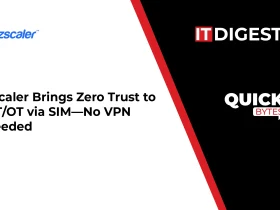Tarana Wireless, Inc. announced the availability of a general cost estimation model for fiber broadband in US digital divide programs. The model is based on detailed public-domain data from 132 projects funded by state-level broadband offices since early 2019, in a set of 5 states (Alabama, California, Michigan, Nebraska, and Virginia) chosen to represent the wide range of fiber deployment conditions and challenges across the US. The projects were planned out to serve 52.7k households at an aggregate cost of $733.5M (an average of $13.9k per household) across a wide range of household densities and terrain.
The model’s development was motivated by a number of observations. First, while broadband service over fiber is ideal, there are situations where it is neither practical nor reasonable, due to high deployment costs and unacceptably long timelines to service. This is most clear in government-funded divide projects, where normal commercial business-case metrics do not suffice. Second, understanding clearly the costs of fiber is critical for policymakers, to ensure that objectives can be met with available funds. Third, unfortunately, gaining that understanding is challenging, given wide variations in fiber deployment methods, local circumstances, and hence real-world costs.
Also Read: Exiger Brings Supply Chain Explorer to Snowflake’s Manufacturing Data Cloud
Tarana’s study solves this problem by tapping the data set of 132 representative divide projects to model the likely cost of fulfilling the intent of the broadband element of Congress’ 2021 Bipartisan Infrastructure Law, with its stated goal of reaching 100% of US households with fast, affordable internet service. Extrapolation from the past projects indicates that a fiber-only approach would cost well over $200B to connect the ~16M households that have been identified so far in the FCC’s current broadband re-mapping effort as un- or underserved. Obviously this far exceeds the $42.45B available in the Broadband Equity, Access, and Deployment program (BEAD) that is the broadband component of the Bipartisan Infrastructure Law.
Carl Guardino, VP of Government Affairs at Tarana, noted “A fiber-only diet isn’t healthy for people, and it’s equally unhealthy for fulfillment of America’s aspirations to provide universal access to high-capacity, reliable home broadband. The often-high costs and long deployment timelines of fiber in divide projects will leave millions of families unserved. Some interpret the BEAD Notice of Funding Opportunity (NOFO) in the context of the Bipartisan Infrastructure Law as fiber-only, which is unrealistic and the reason why states will need to exercise their rights to utilize both fiber and alternative technologies while still providing high quality broadband for all consumers. Harnessing the best technologies in the right balance is the only way to ensure state and federal funds serve 100 percent of their unserved (the stated goal of the law) and thereby best fulfill the needs of their communities and meet the equal-access provisions in the law.”
SOURCE: Businesswire


































